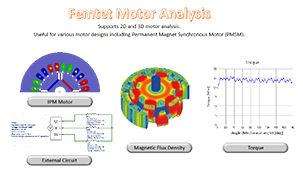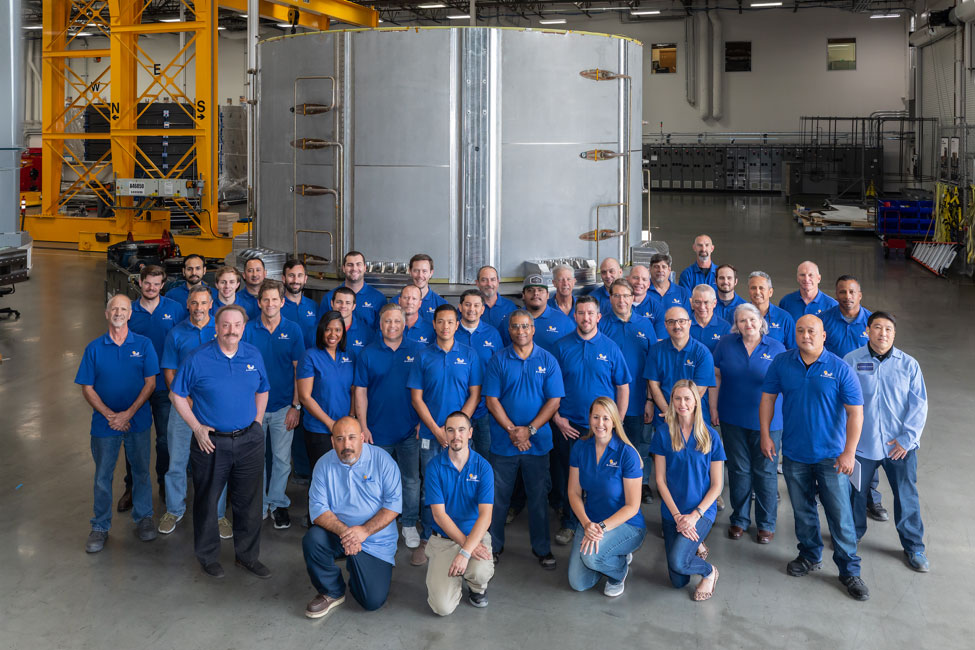
General Atomics recently completed a major step in the development of the world’s largest pulsed superconducting magnet which will be utilized for the world’s largest fusion energy project, ITER, taking place in southern France by a global consortium of nations.
The magnet is known as the ITER Central Solenoid, and a critical milestone was reached in early May when GA completed fabrication of the first of six modules that will make up the solenoid. The central solenoid, sometimes referred to as the heart of ITER, will be 59 ft tall and reside in the center of the ITER tokamak. Operation of the magnet will enable ITER to create and sustain fusion on a scale unprecedented on earth by providing 15 million amperes of plasma current. This current simultaneously heats and confines the plasma, a state of matter with large quantities of ionized particles, enabling sustained temperatures in ITER that are over ten times those of the sun.

“The central solenoid is essential to the operation of ITER, which makes this a significant milestone for the global fusion energy community,” said Jeff Quintenz senior vice president of GA’s Energy Group. “The engineering challenge we took on with this project was enormous, but today we are seeing the payoff for that effort. The successful completion and operation of ITER should help lead to the development of fusion energy, a nearly limitless, clean energy source for our world.”
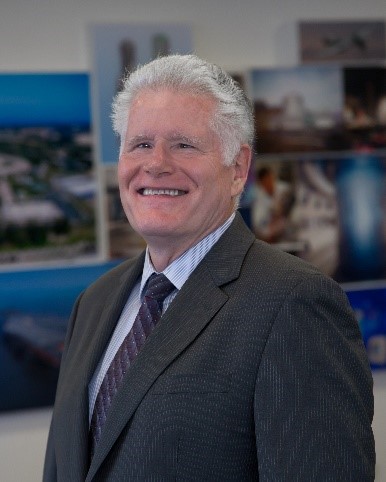
The completed central solenoid will consist of six stacked modules made of niobium-tin cable encased in a stainless-steel jacket. Fabrication of each module occurs over a 24-month period, beginning with precise winding and joining of seven conductor segments totaling 3.6 miles to create a layered module with strict tolerances – the two ends must be within a quarter of an inch. The module then spends a month in a massive oven to convert the niobium and tin core into superconducting material. Every turn of the conductor must be separately wrapped with six layers of insulating tape, totaling over 180 miles per module. The entire module is then insulated before being encapsulated in a special epoxy resin to stabilize and protect the coil.
All of the manufacturing processes were developed by GA under a contract from UT-Battelle, which manages Oak Ridge National Laboratory for the U.S. Department of Energy.
“GA has done an outstanding job to reach the difficult and important milestone of completing Module 1 fabrication,” said Wayne Reiersen US ITER magnet team lead based at Oak Ridge. “This is the culmination of an eight-year effort involving concurrent engineering of the module design, creating a facility in which these powerful superconducting magnets could be built and tested, qualifying the manufacturing processes, and then building this first-of-a-kind module.”
GA has over-six decades of research experience with fusion technology. In addition to its work on ITER, the San Diego-based company operates the DIII-D National Fusion Facility owned by DOE, which is the largest magnetic fusion research facility in the U.S.
Like other members–India, the U.S. directs much of its ITER contribution toward domestic manufacturing of components. This approach allows member countries to support the global effort while developing expertise and resources at home. While the U.S. is contributing about nine percent of ITER’s construction cost, it will have access to 100 percent of the results. America’s investment in ITER to date surpasses $1.1 billion, with more than 80% spent in the U.S. to enable domestic industries, national labs, and universities to deliver contributions for the project.
GA will perform testing on the first module to confirm coil performance. The module will then be placed on a specially designed trailer and shipped to the ITER center in Saint Paul-lez-Durance, southern France.
ITER, which means “the way” in Latin, is one of the most ambitious energy projects in the world today. The nations are collaborating to build the world’s largest tokamak, a magnetic fusion device that has been designed to prove the feasibility of fusion as a large-scale and carbon-free source of energy based on the same principle that powers our sun and stars.
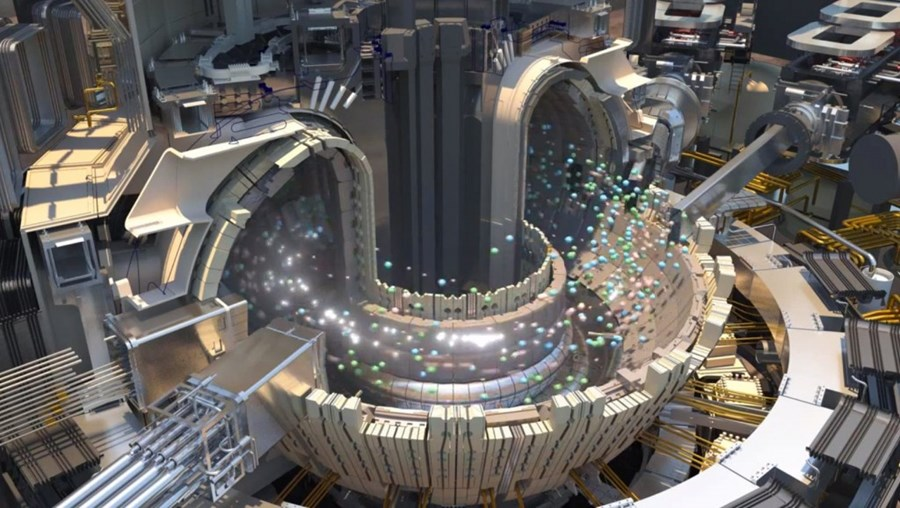
Artist rendition of the ITER tokamak
The heart of a tokamak is its doughnut-shaped vacuum chamber. Inside, under the influence of extreme heat and pressure, gaseous hydrogen fuel becomes a plasma — the very environment in which hydrogen atoms can be brought to fuse and yield energy. The charged particles of the plasma can be shaped and controlled by the massive magnetic coils placed around the vessel; physicists use this important property to confine the hot plasma away from the vessel walls. The term “tokamak” comes from a Russian acronym that stands for “toroidal chamber with magnetic coils.”
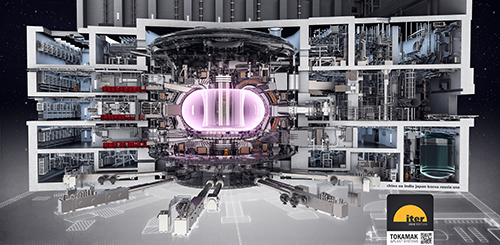
Cross-section of the ITER tokamak
First developed by Soviet research in the late 1960s, the tokamak has been adopted around the world as the most promising configuration of magnetic fusion device. ITER will be the world’s largest tokamak — the size of the largest machine currently in operation, with ten times the plasma chamber volume.
More than 80 percent of the cost of ITER, about $22 billion, is contributed in the form of components manufactured by the partners. Many of these massive components of the ITER machine must be precisely fitted — for example, 17-metre-high magnets with less than a millimeter of tolerance.
The companies working on ITER build new industrial expertise in major fields — such as electromagnetics, cryogenics, robotics, and materials science. This new expertise leads to innovation and spin-offs in other fields. For example, expertise gained working on ITER’s superconducting magnets is now being used to map the human brain more precisely than ever before. The project is expected to reach “first plasma” experimentation by 2025.
For more information, visit: https://www.iter.org/


